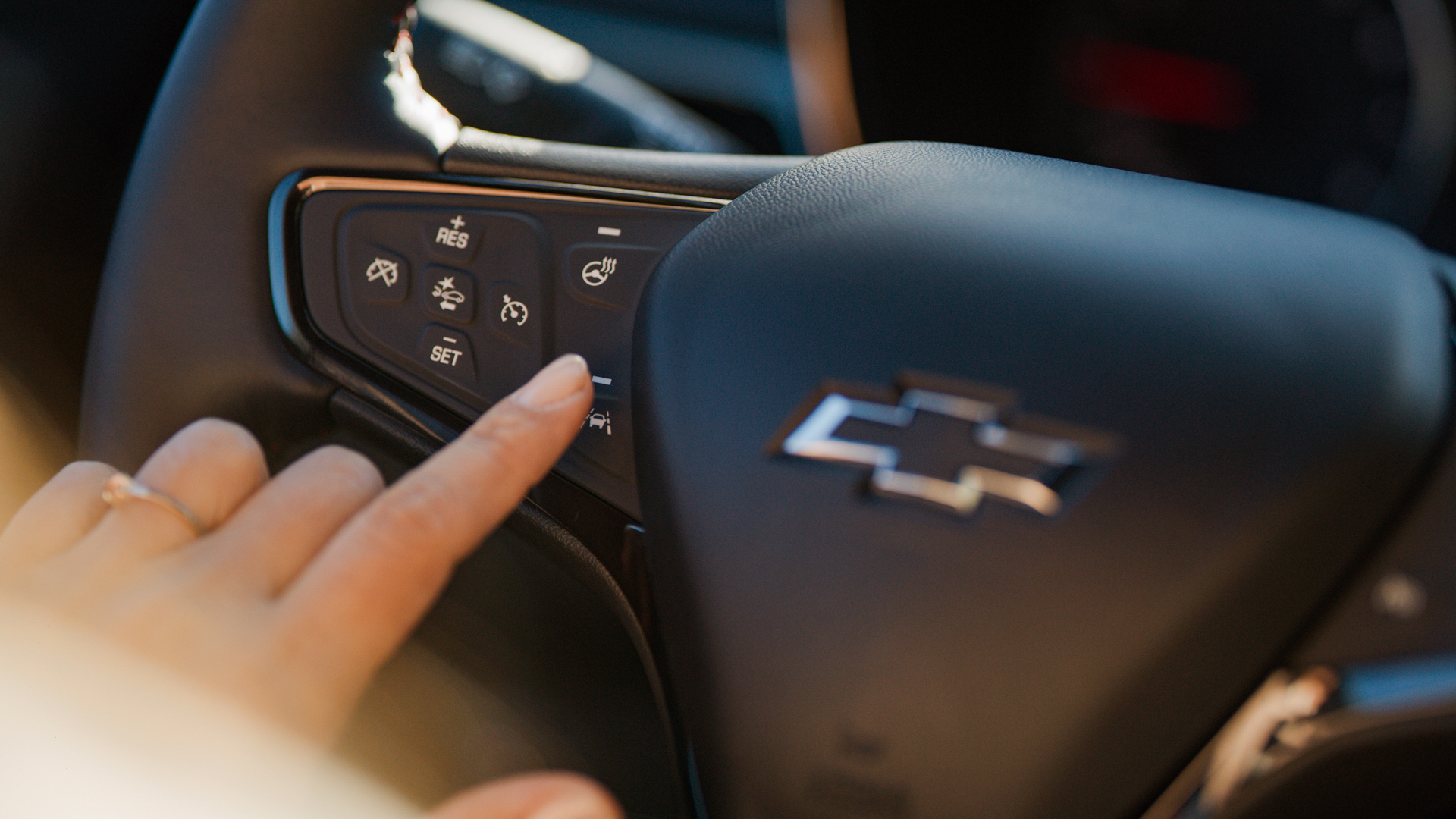

Car companies continue fighting over who can roll out the best automated driving technology. However, the advanced driver assistance systems (ADAS) we already have are working pretty great. According to a study conducted by the Partnership for Analytics Research in Traffic Systems, the tech currently in use today is incredibly effective at avoiding crashes, reducing the damage of unavoidable collisions, and saving lives.
ADAS packages help prevent crashes or mitigate the damage caused by them. Systems like automatic emergency braking (AEB), which signals the car to hit the brakes on its own if it determines it’s going to crash otherwise, have proven highly effective. According to the PARTS study, when combined with frontal collision warnings (FCW), AEB systems reduced front-to-rear collisions by almost 50 percent. It’s not just crash avoidance, either. Cars with AEB were able to also slow down drastically, even when a crash was unavoidable, which reduced serious injury by 53 percent. More importantly, these systems were proven to perform extremely well in bad weather or low visibility conditions, something that can’t be said for the prototype self-driving equipment we’ve seen thus far.
Other systems, such as lane departure warning and lane keep assist reduced single-vehicle road departure crashes by 8 percent and reduced injury from such crashes by 7 percent.

The PARTS study of ADAS and how those systems can save lives is the largest joint study of safety systems between the government and automakers yet. It was pulled off by working with a short list of car manufacturers who provided PARTS with vehicle equipment data for 47 million cars from 2015-2020. PARTS then cross-referenced that data with 12 million police-recorded crashes from 13 states, given by the National Highway Traffic Safety Administration. At the time of the study, the automakers involved were General Motors, Honda, Toyota, Nissan, Mazda, Mitsubishi, Stellantis, and Subaru. Those brands hold a combined total of 65 percent of the car market. Now that Ford has joined the partnership, that market share grows to about 80 percent.
As more and more automakers make these systems standard equipment, the safer our roads will be. Mazda, for example, now has FCW and AEB equipped across its entire vehicle lineup.
While fully autonomous driving might one day make roads a safer place, that day certainly isn’t now. Even the best automated driving assists available now, such as GM’s Super Cruise, Ford’s BlueCruise, and Tesla’s Autopilot, require full-time driver attention while they’re in operation. Plus, none of them are even close to true self-driving.
However, the aforementioned advanced driver assistance functions, which act instead as helpful backups for the driver, have proven to consistently save lives by either preventing crashes or greatly reducing their damage.
Got a tip or question for the author? Contact them directly: nico.demattia@thedrive.com